6 facts you need to know about veneer and crown
1. The difference between a veneer and a crown:
Before you consider getting a crown or a veneer you should know the difference between a veneer and a crown.
A veneer is a very thin layer of porcelain or other materials, about 0.5 millimeter (mm) in thickness that’s bonded to the front of your existing tooth.
A crown is about 2 mm in thickness and covers the whole tooth. It can be all porcelain, porcelain fused to a metal alloy (PFM) or an all-metal alloy.
Whether a veneer or a crown is right for you will depend on the condition of your teeth and what you’re trying to fix. Common conditions for restoration are:
- Discoloured teeth
- Chipped, cracked, or broken teeth
- Decayed or weakened teeth
- Cracked teeth
Both crowns and veneers are color matched to your teeth, except for all-metal crowns.
2. What is a veneer?
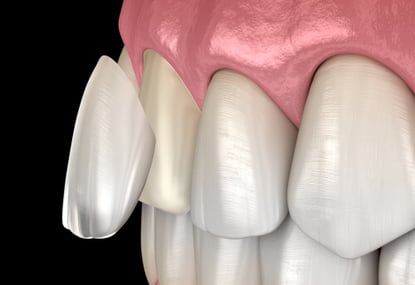
A veneer covers only the front surface of your tooth. They’re not as invasive as crowns because the preparation leaves more of your original tooth intact.
About half a millimeter of the enamel on the front of the tooth is ground down to roughen the surface for bonding the veneer. Some newer types of veneers don’t need as much grinding of the tooth surface. You may need a local anaesthetic for this because the grinding may be painful.
For a veneer to work properly, your tooth has to have enough enamel on it for a veneer to bond to it.
3. What is a crown?
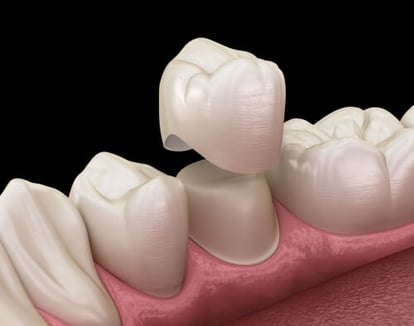
A crown is about 2 mm in thickness and covers the entire tooth. With a crown, more of the tooth needs to be filed or ground down to prepare for the crown placement.
If you have tooth cavities, your dentist will remove the decayed part of the tooth before he proceed in making the crown. In this case, your tooth may need to be built up to support the crown.
Your tooth may also need to be built up if it’s damaged. You may have a local anesthetic for this procedure.
4. What’s involved with getting a veneer?
The dentist will make an impression of your prepared tooth by digitally scanning it or using a mold. The image or mold may be sent out to a lab if your dentist doesn’t have a facility on site.
Depending on how much your tooth was trimmed, you may have a temporary veneer placed on the tooth until the new one is ready.
When ready, the permanent veneer will replace the temporary one. It will be bonded to the tooth with a special cement and hardened with an ultraviolet lamp.
There’s typically minimal movement of the tooth after the veneer is in place. But you may need to wear a night guard to protect the veneer if you grind or clench your teeth at night.
5. What’s involved with getting a crown?
Your dentist will produce an impression of your tooth by digitally scanning it or by making a mold. The image or mold will be sent out to a lab for fabrication of the crown, if the dental office doesn’t have a lab facility.
The dentist may place a temporary crown on your ground-down tooth so that you can use your tooth while the permanent crown is being made.
When the permanent crown is ready, the temporary crown will be removed. Your dentist will then place the permanent crown on your tooth and will adjust it so that it fits correctly and your bite is right. Then they’ll cement the new crown into place.
Teeth with crowns may have some movement, which can change your bite. If this happens, you’ll need to have the crown adjusted.
6. How do you know which one is right for you?
If your tooth has a large filling, a root canal or is very worn or cracked, a crown is likely the best option.
If your tooth is basically intact and the restoration is for cosmetic purposes, a veneer may be the best option. Veneers can also be used for minor shape corrections.
Topic: Dental




.png)
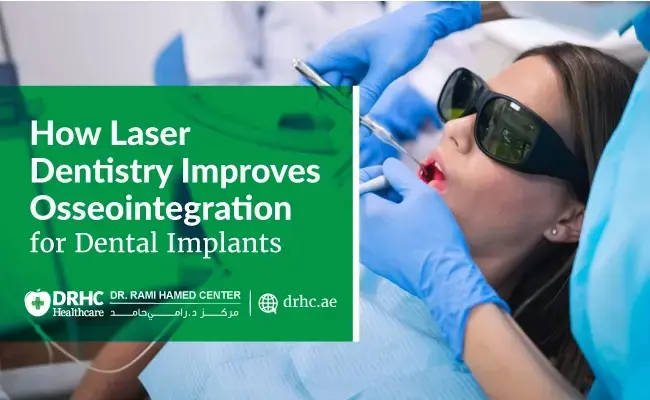

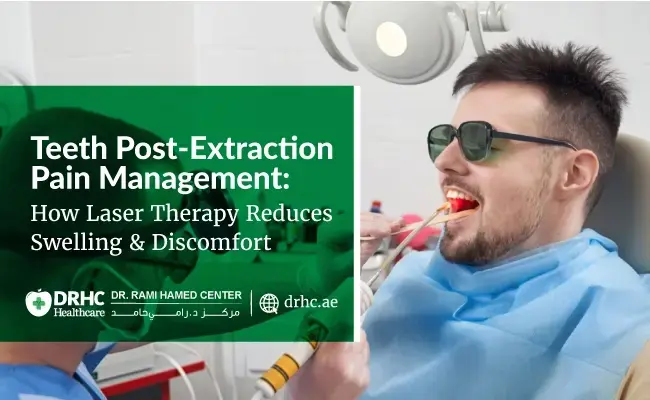
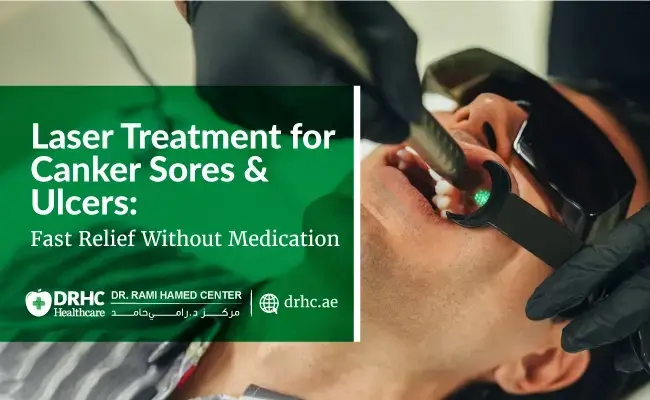

Leave a comment